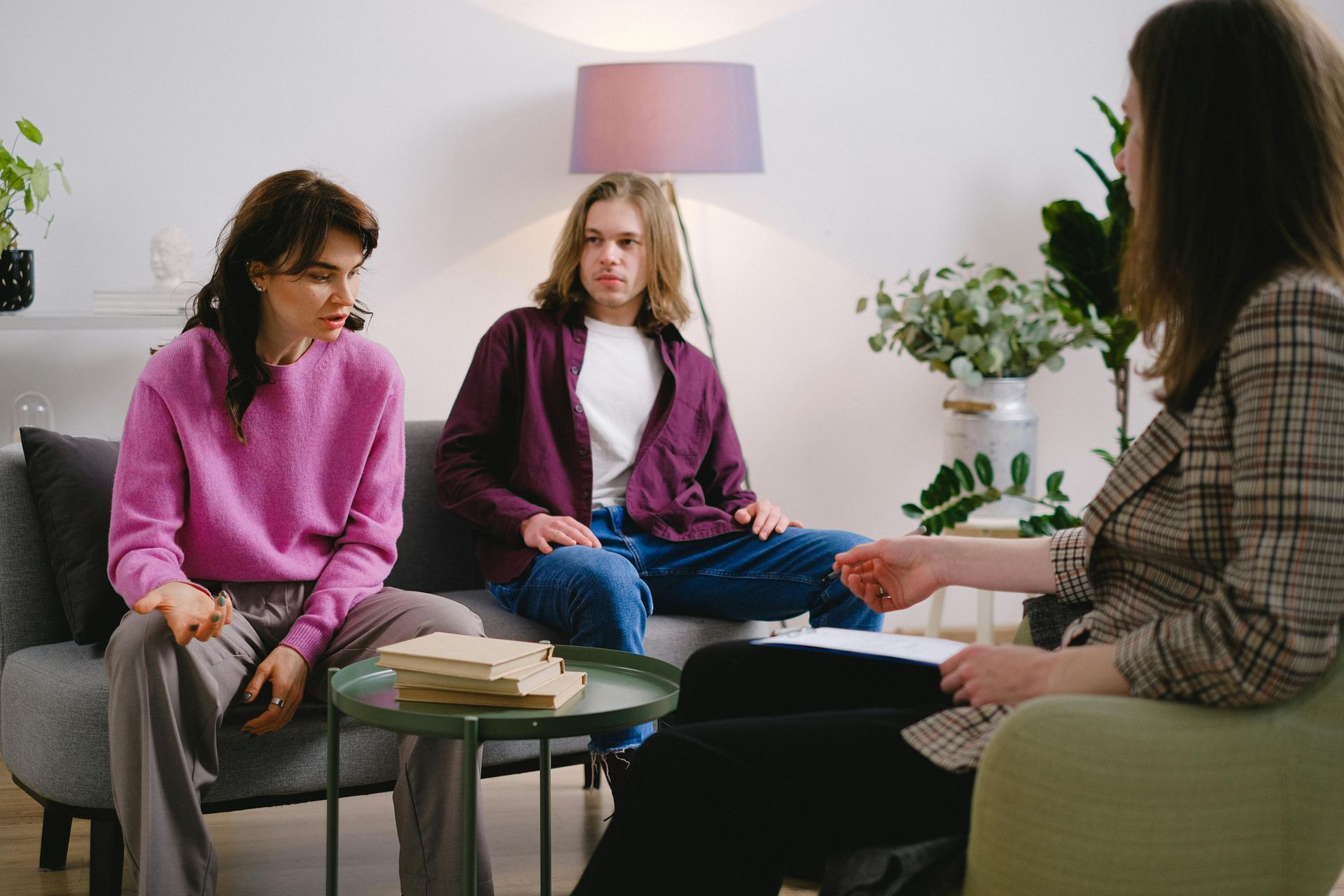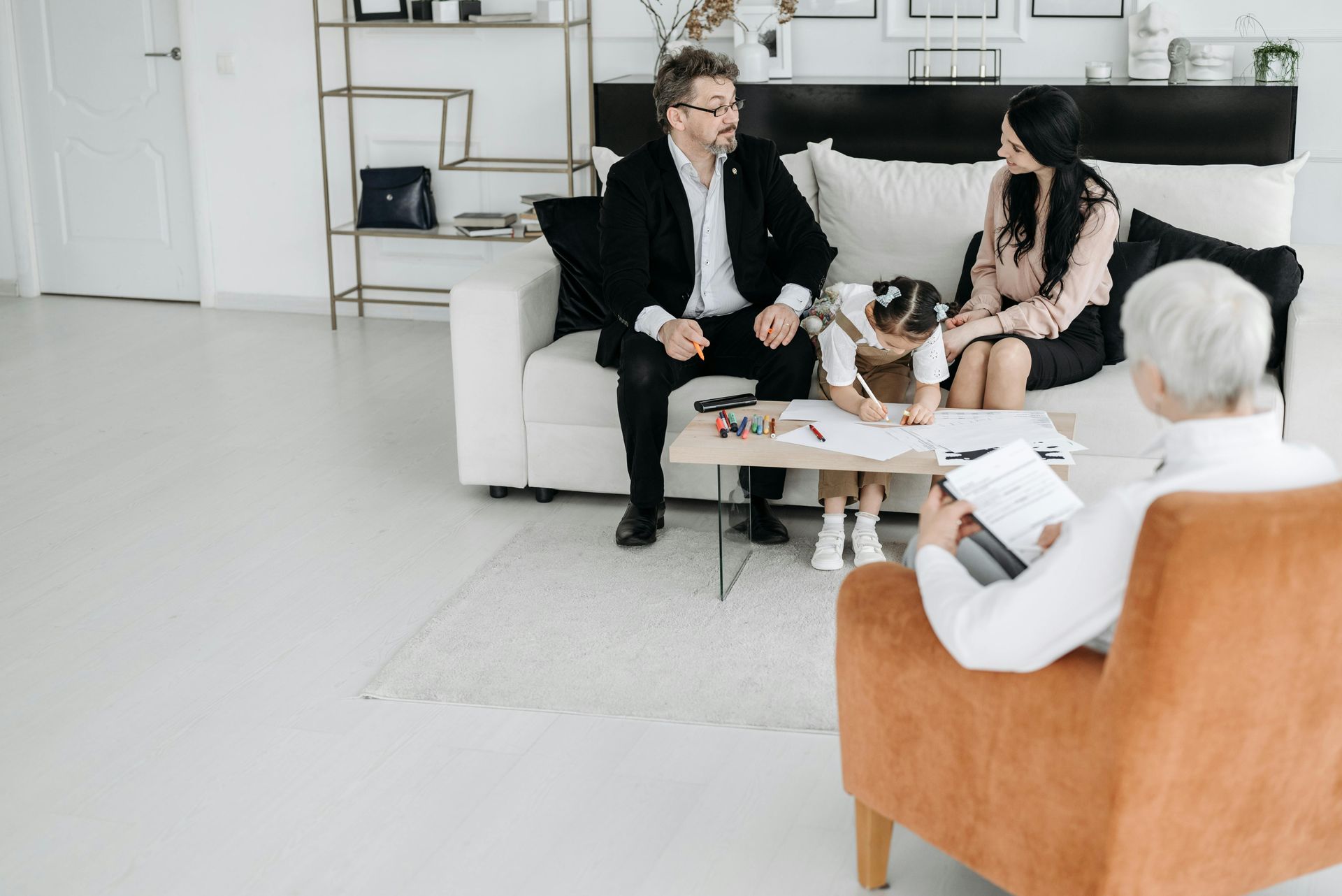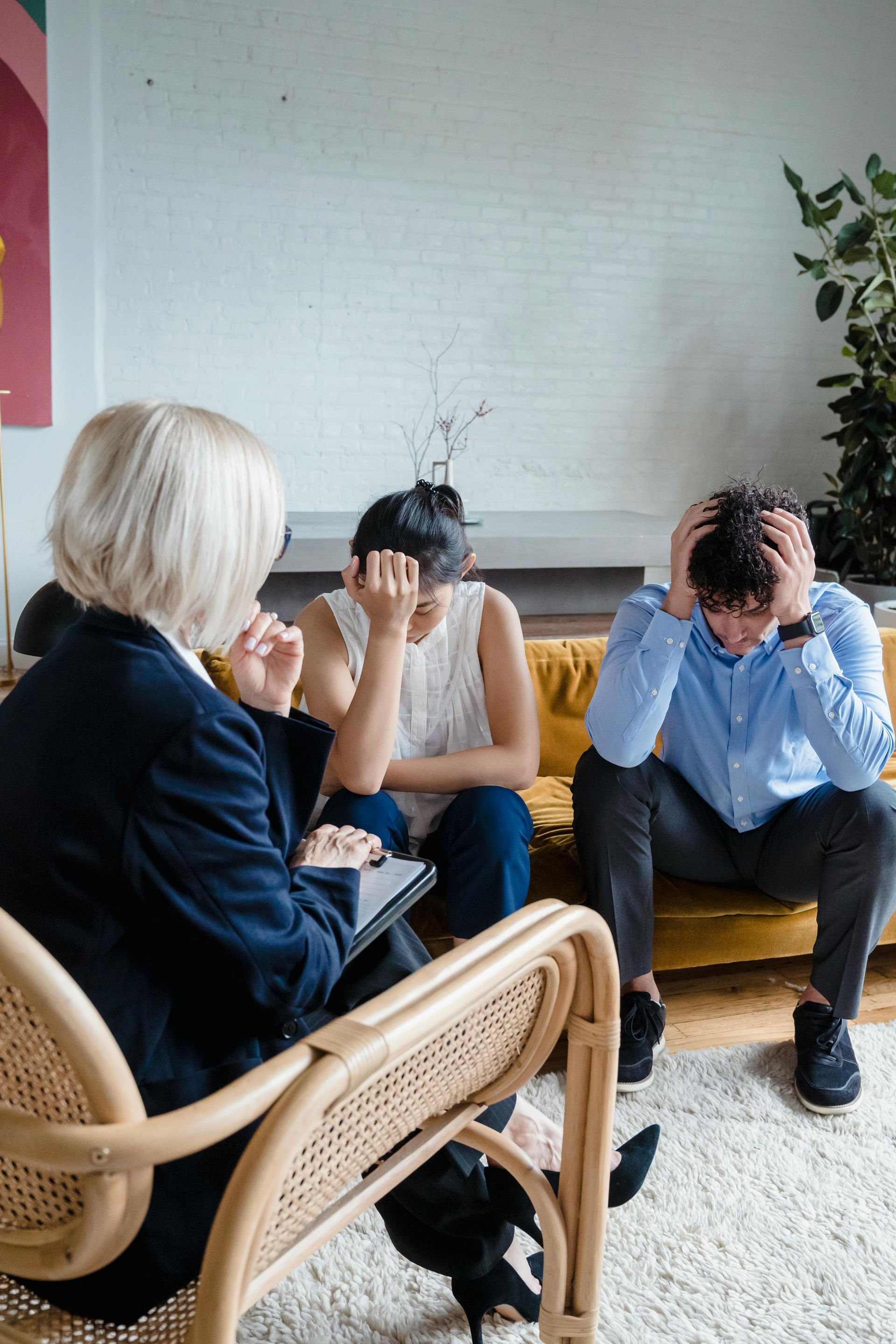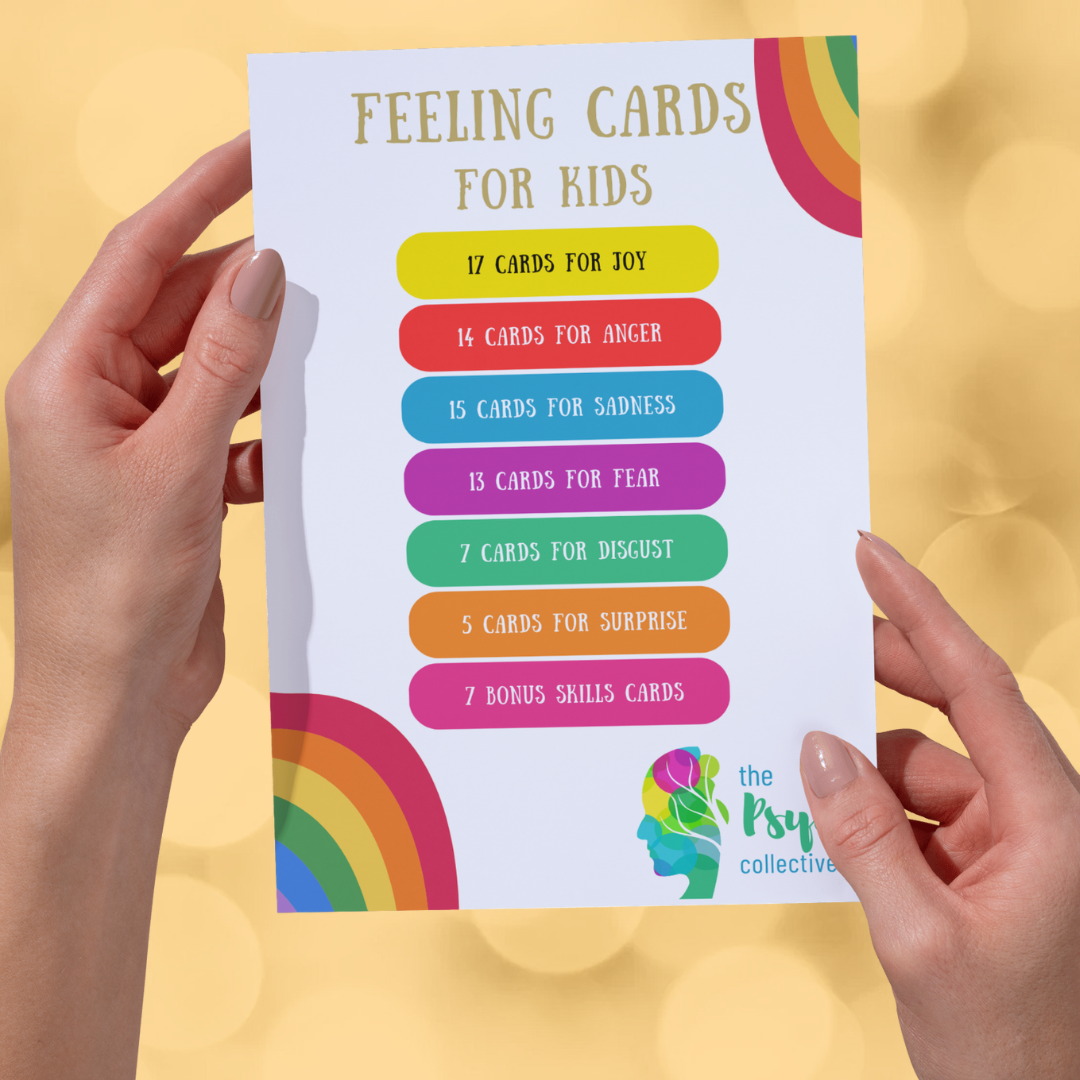How do you deal with a panic attack?
Dealing With Panic
DON'T PANIC until you check this out
To terminate a panic attack one needs to stop/reverse the physiological cascade of panic.
The cascade is:
A. the emotion of severe anxiety (fear) results in
B. activation of the flight/flight response which triggers hyperventilation and increased heart rate (helpful if you’re running for your life, a problem if you’re just sitting there).
C. The hyperventilation and high heart rate results in changes in blood gases and an impairment in brain function ensues, a delirium (we lose too much CO2 which results in something called respiratory alkalosis) and the fear becomes terror. That’s a panic attack.
To reverse the panic cascade we need to correct the respiratory alkalosis by safely reaccumulating blood CO2.
There’s two ways to do that:
1. Move. The more intense the better. I’ve taken patients up and down the stairs in my hospital. This terminates the panic attack in about a minute. (The muscles generate CO2 which corrects the alkalosis).
Or:
2. Slow the breathing down. The slower the better. I aim for 4 breaths per minute for 2–3 minutes. This allows CO2 to reaccumulate and corrects the alkalosis that way. But it takes longer and needs practise.
In my experience people need to practice controlled SLOW (NOT DEEP!) breathing when calm in order to effectively utilise it when panicked.
Burst activity like climbing stairs, exercise bike sprints, burpees or even star jumps stop the panic and don’t need practise. It works in about a minute - and shows people that they can get control. Once you see you can get control you are more inclined to practise slow breathing.
Deep breathing can exacerbate the alkalosis, because it can cause you to get rid of even more CO2. Breathing needs to be SLOWED to reaccumilate the CO2.
Then they need exposure therapy to get mastery over the cues/fears which have come to trigger their panic.
Share
Categories
About Our Resources
We offer actionable resources and teach real skills to help people make meaningful change in managing mental health issues through different modes depending on people's learning preferences including infographics, text, worksheets, handouts and video.


